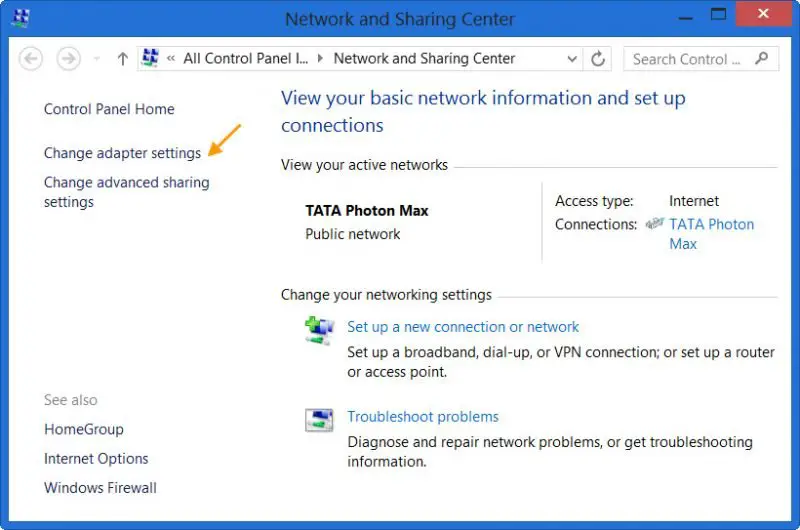


This chipset only supports a single stream so, even in the best of all possible worlds, you'll only see 433Mbps. Client devices must only support one.įor example, the Samsung Galaxy S4 supports 802.11ac with the Broadcom BCM4335 Wi-Fi chipset. A typical 802.11ac access point can support up to eight data streams.

To reach the highest speeds you need three data-streams, each of which can run up to 433 Megabits per second (Mbps). That's because the conditions you need to reach that speed requires a laboratory not your office. Practically speaking the Alliance claims that "this means a network can support simultaneously streaming multiple HD-quality videos to multiple devices."įair enough, but in practice you're not likely to see an 802.11ac reach its theoretical maximum of 1.3 Gigabit per second (Gbps). The Wi-Fi Alliance claims that Wi-Fi Certified 802.11ac can deliver data rates up to more than double those of a typical 802.11n network. True, 802.11ac access points working with 802.11ac devices will give you faster data transmission feeds than 802.11n. 1) 802.11ac is not going to give you a Gigabit of throughput Gigabit Wi-Fi, 802.11ac, is officially here, but what does that really mean? Here's my list of the five things you need to know before you invest in this new wireless technology.


 0 kommentar(er)
0 kommentar(er)
